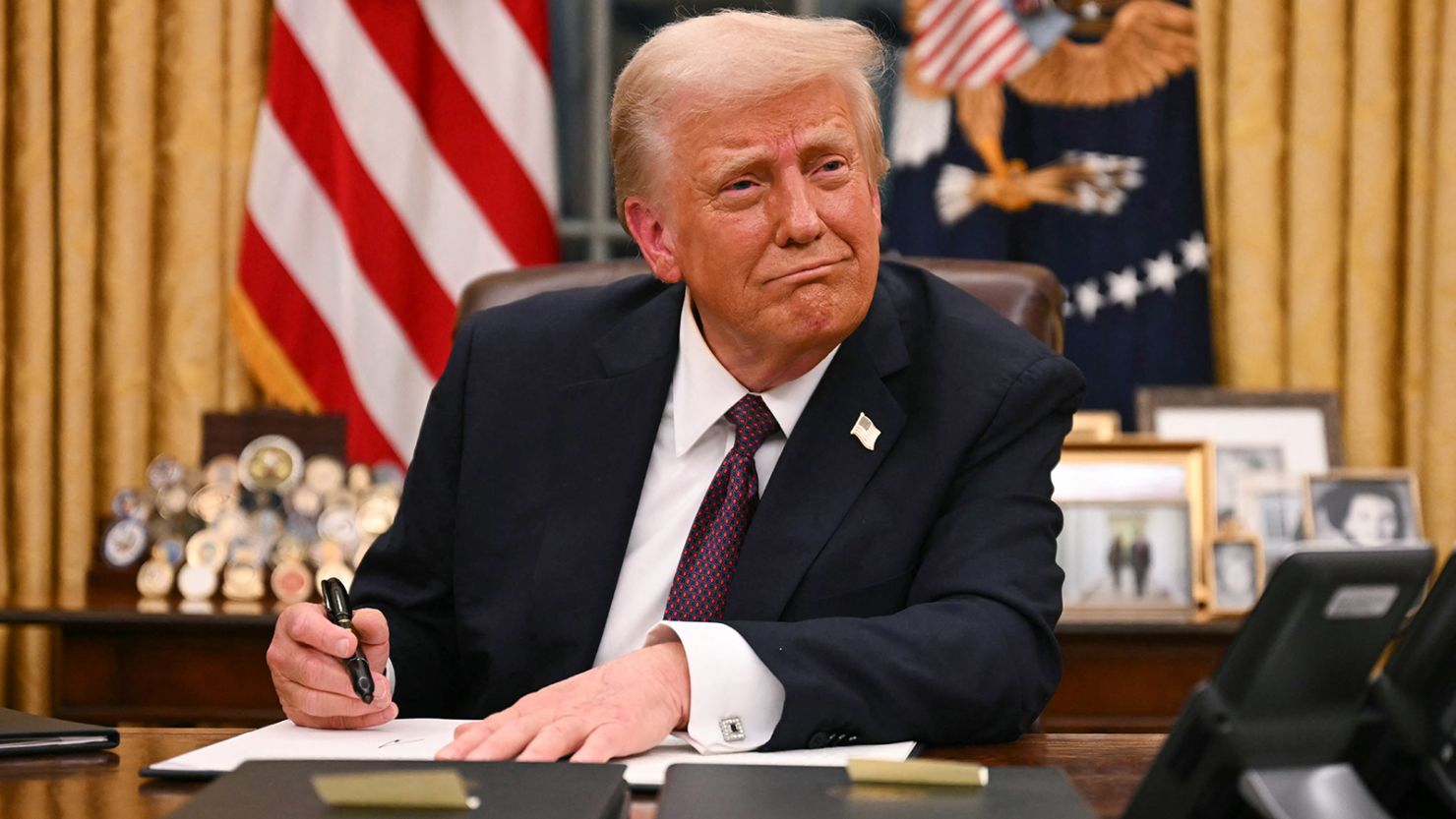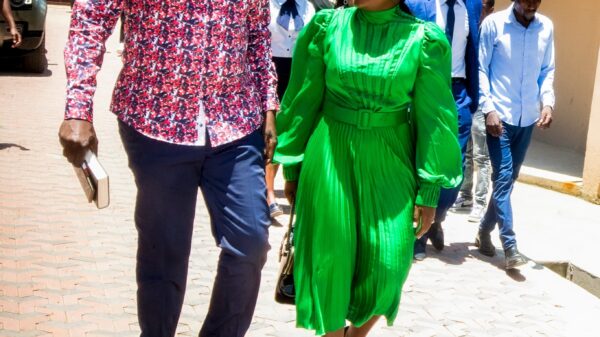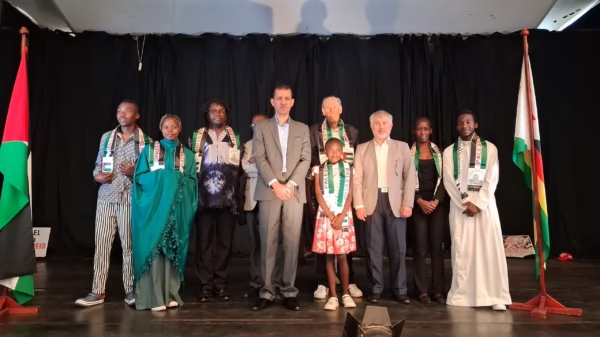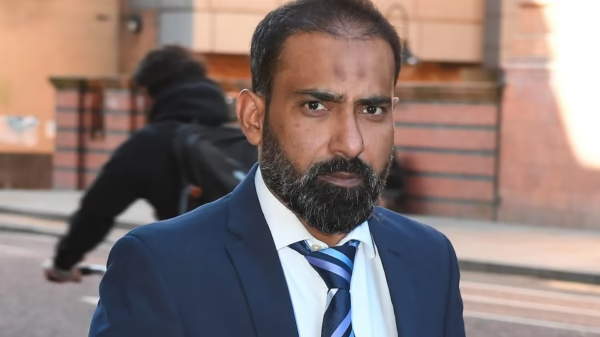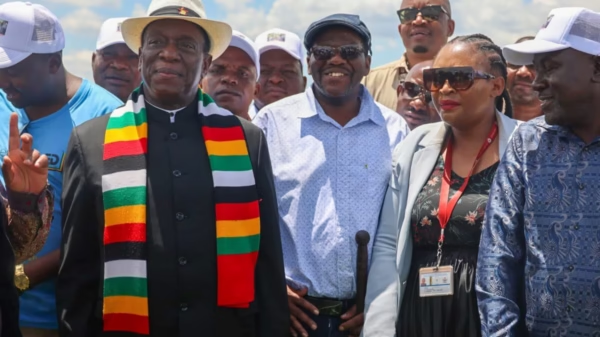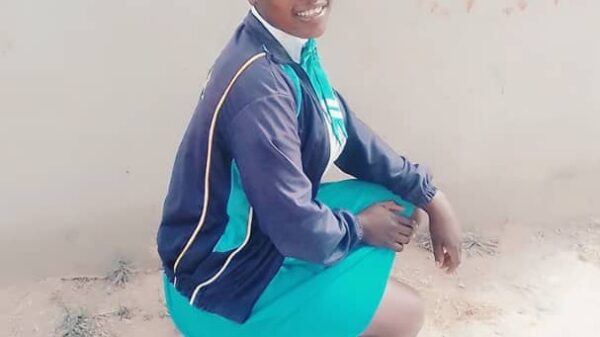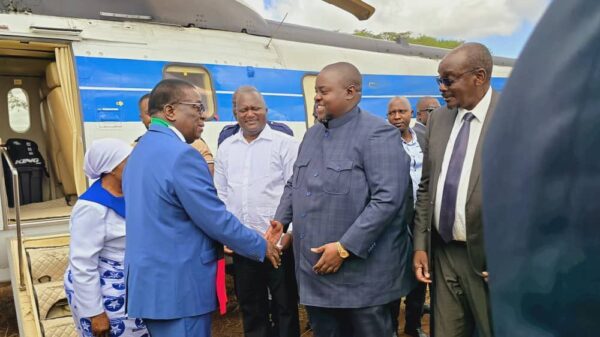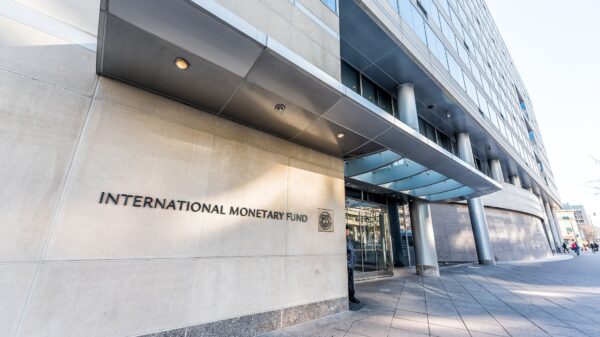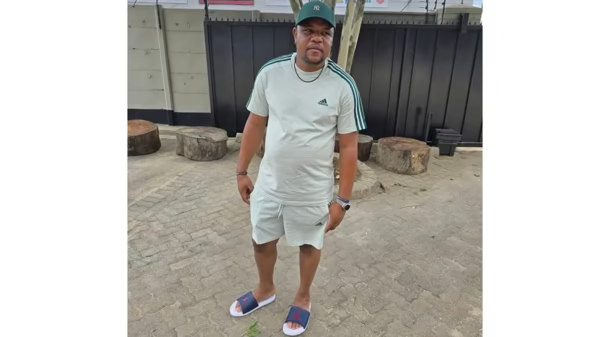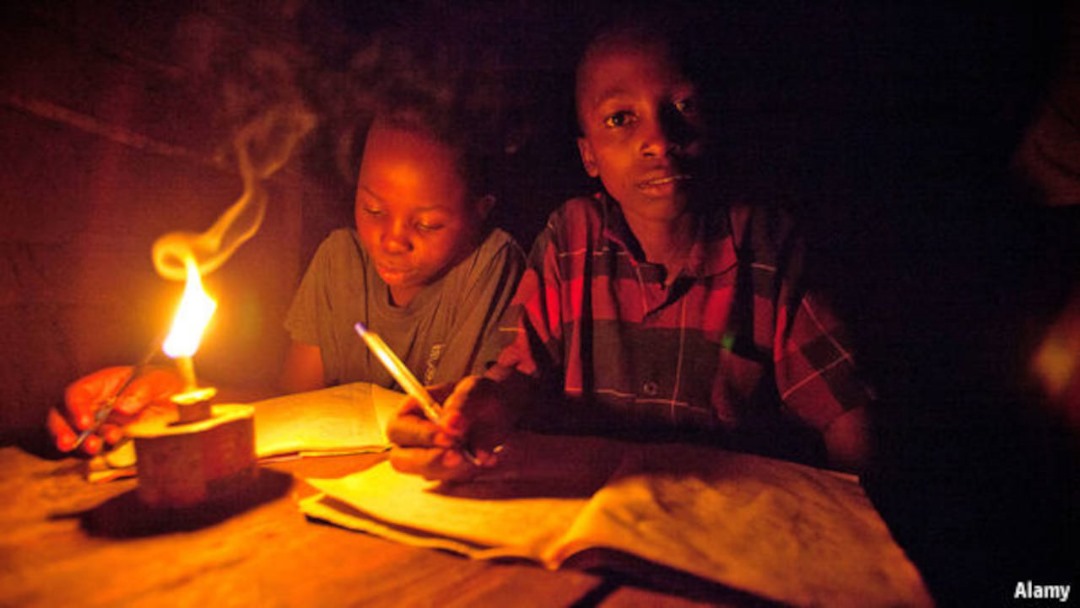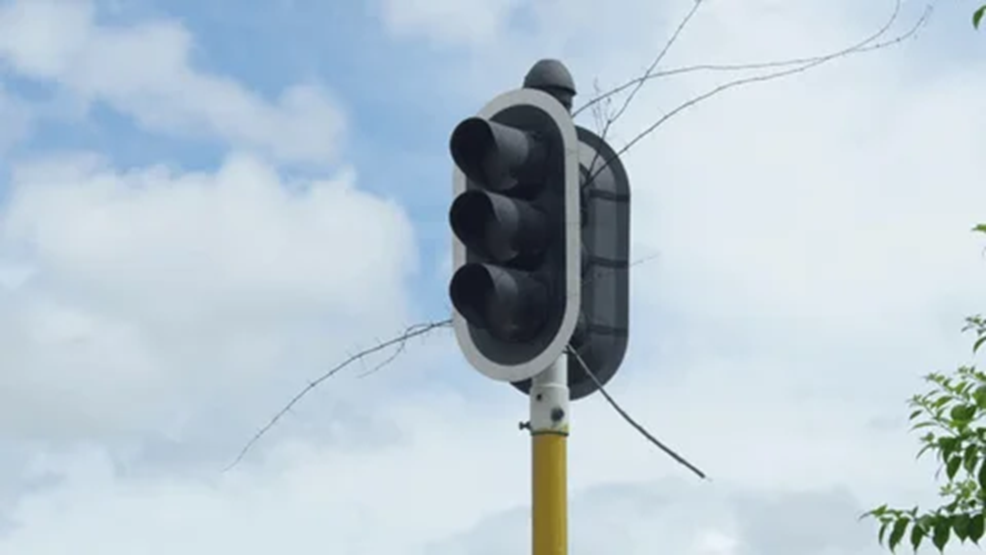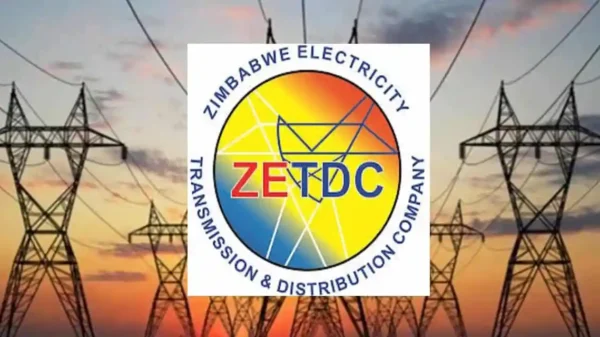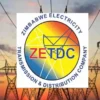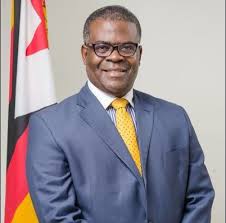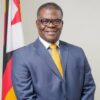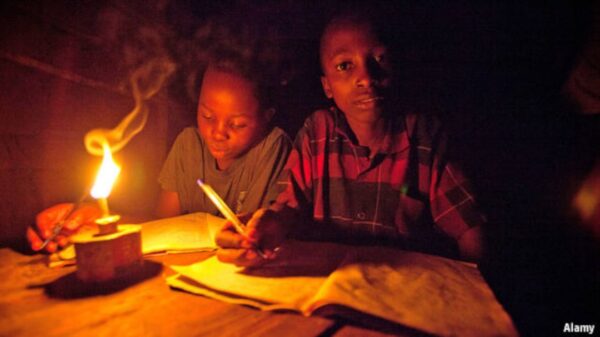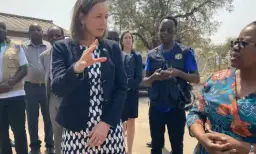The Zimbabwe Electricity Supply Authority (ZESA) is working on several energy generation initiatives, aiming to add 3,000 MW of capacity to eliminate load-shedding and ensure full electricity access by 2030. These projects are being implemented in collaboration with Captive Power Projects, Independent Power Producers, and through Public-Private Partnerships.
Speaking at the inaugural Zimbabwe-Zambia Energy Projects Summit in Victoria Falls, ZESA’s executive chairman, Dr. Sydney Gata, outlined the utility’s alignment with the Second Republic’s Vision 2030. He highlighted targets to end load-shedding by next year, clear the connection backlog by 2027, and reach universal electricity access by 2030. ZESA also plans to stop importing power by 2026 and begin exporting electricity by 2028.
Dr. Gata emphasized the importance of addressing investment risks related to capacity, currency, and implementation. Zimbabwe introduced a cost-reflective tariff in 2020, but currency guarantees are still pending.
The country is facing ongoing power shortages, and Zambia is experiencing similar challenges. Dr. Gata noted that the 3,000 MW of projects underway are a result of government policies and cost-effective technologies. He also shared details of several major projects, including the Zhong Jin Heli project (300 MW), ZZEE (270 MW), and the Titan coal-fired power station (720 MW), all set for completion in 2024.
Additional upcoming projects include a 200 MW solar plant in Gweru, a 100 MW solar plant in Selous, and a 180 MW solar plant by Zimplats in Chegutu. Dr. Gata also mentioned projects involving wind energy, floating solar at Kariba Dam, and new power plants in collaboration with various partners.
Furthermore, he discussed the Batoka Gorge Hydro Electric Project, which faces multiple risks, including financial and legal challenges. Dr. Gata stressed the need for special laws to facilitate investment and regional integration in the energy sector.
The summit, which also involved Zambia’s ZESCO power generation director, Mr. Wesley Lwiindi, focused on aligning energy policies between the two countries. It was held under the theme “Powering Zimbabwe and Zambia’s Sustainable Energy Future,” and included a tour of a solar power plant to highlight the region’s progress toward a cleaner energy future.
ALSO READ ;Zimbabwean Authorities Arrest Zambian MP Emmanuel Banda, Wanted for Serious Crimes

For comments, Feedback and Opinions do get in touch with our editor on WhatsApp: +44 7949 297606.




